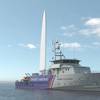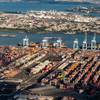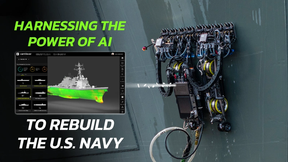Official announcements related to naval shipbuilding give the appearance of a Russian Navy that is undergoing a rapid revival. However, the reality is that many projects have faced lengthy delays and cost overruns, says a report in Center for International Maritime Security.
As a result, some of the most prominent naval procurement projects have been scaled back, while others have been postponed for years at a time.
The delays and cost overruns are the result of a long-term decline in naval research and development, an inability to modernize the shipbuilding industry made worse by Western sanctions, and pre-existing budgetary constraints that have been exacerbated in recent years by Russia’s economic downturn.
However, the Russian Navy has developed a strategy that compensates for these gaps by utilizing its strength in submarines and cruise missile technology to fulfill key maritime missions such as homeland defense and power projection in the face of a failure to build an adequate number of large combat ships.
Russian shipbuilding has suffered more than other defense industry sectors from the introduction of Western sanctions.
The German company MTU has stopped supplying diesel engines for Project 20385 corvettes, leading the Russian Navy to delay production of the several ships model and revert to the older Project 20380 version, which uses less reliable domestically produced engines.
These financial constraints will result in Russia not being able to fulfill its goal of recapitalizing its navy with a new generation of large combat ships.
Together, the combination of 30-40 small combat ships (frigates and corvettes) and 15-20 nuclear and diesel powered submarines – all armed with cruise missiles – will allow the Russian Navy to maintain its ability to protect its coastline and to threaten neighboring states.
While it will not be able to project power globally, Russia’s naval capabilities will be sufficient to achieve its main maritime goals.













